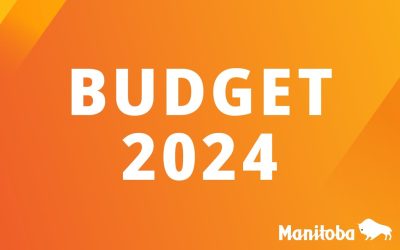Calgary and Winnipeg– The Frontier Centre for Public Policy today released an analysis of Alberta’s program spending; it shows how spending has consistently exceeded the combined effect of population growth and inflation.
The analysis, An Extra $11.2 Billion in 2009, contains two baseline scenarios on program spending (i.e., excluding capital spending and debt repayment).
- In the first scenario, 2001 is used as the baseline for program spending. Frontier calculates that had spending–just under $18 billion in 2001, grown only by the combined effect of population growth and inflation, program spending in fiscal 2009 would have amounted to $25.6 billion. Instead, it was over $36.8 billion–an $11.2 billion difference for the fiscal year just ended (March 31, 2009). Using 2001 as the baseline, extra spending exceeded population growth + inflation by 43% by 2009.
- In the second scenario, 1996 is used as the baseline for program spending. Frontier calculates that had spending, $12.7 billion in 1996, grown only by the combined effect of population growth and inflation, program spending in fiscal 2009 would have amounted to $21.5 billion. Instead, it was over $36.8 billion in 2009–a $15.3 billion difference for the fiscal year just ended. Using 1996 as the baseline, extra spending exceeded population growth + inflation by 71% by 2009.
The analysis was authored by the Frontier Centre’s research director Mark Milke and Fergus Hodgson, a researcher at the Atlantic Institute for Market Studies.
“Now that Alberta has entered the fiscal red zone — Alberta’s third quarter update forecast a $1.5 billion deficit instead of the $1.5 billion surplus predicted in last year’s budget–it’s useful to ask how the province ended back up in the Don Getty years,” noted Milke.
Milke pointed out the reason for the new deficit is not merely low oil and gas prices–Alberta balanced the books both when oil and natural gas prices were high in 2006 and 2007 and when prices were low earlier in this decade.
“The reason for Alberta’s newest deficit is that throughout the boom years program spending expanded well beyond combined inflation and population growth. After the provincial government racked up an impressive 14-year record of surpluses, deficits are back–and because of consistent above-inflation, above-population growth increases in program spending.
The backgrounder, An Extra $11.2 Billion in 2009, can be found here
Mark Milke
Research Director, Frontier Centre for Public Policy
403-230-2435
mmilke@fcpp.org


